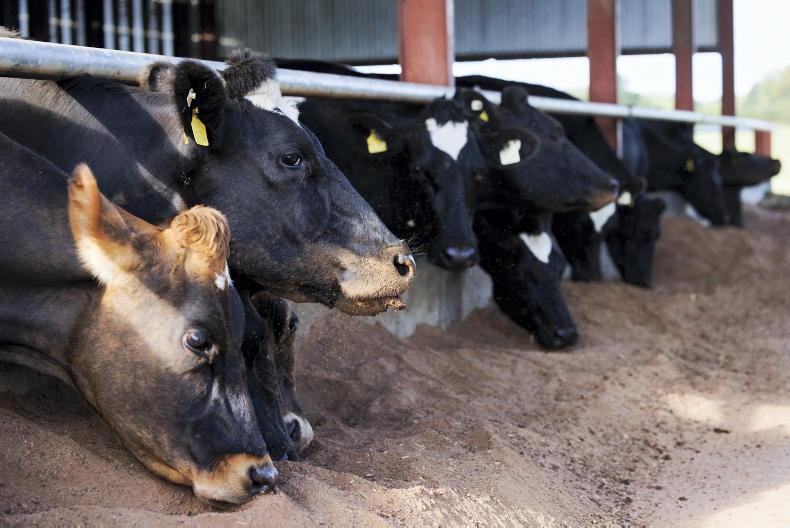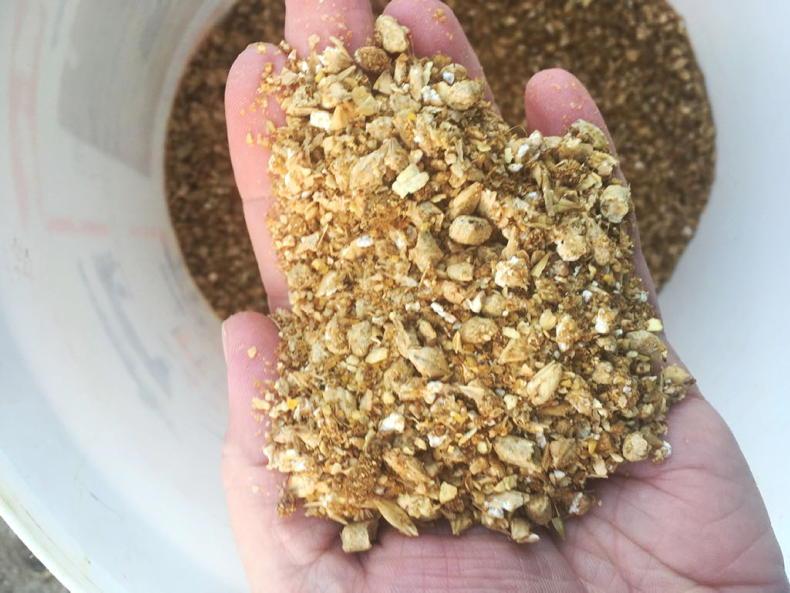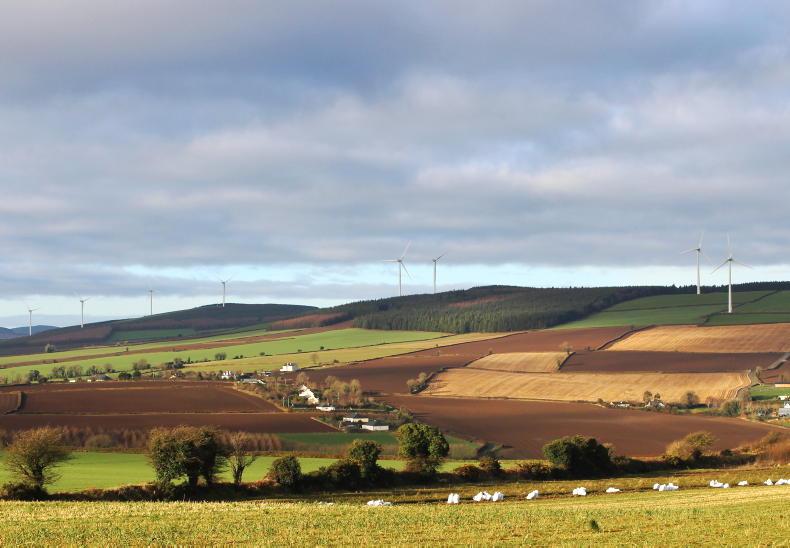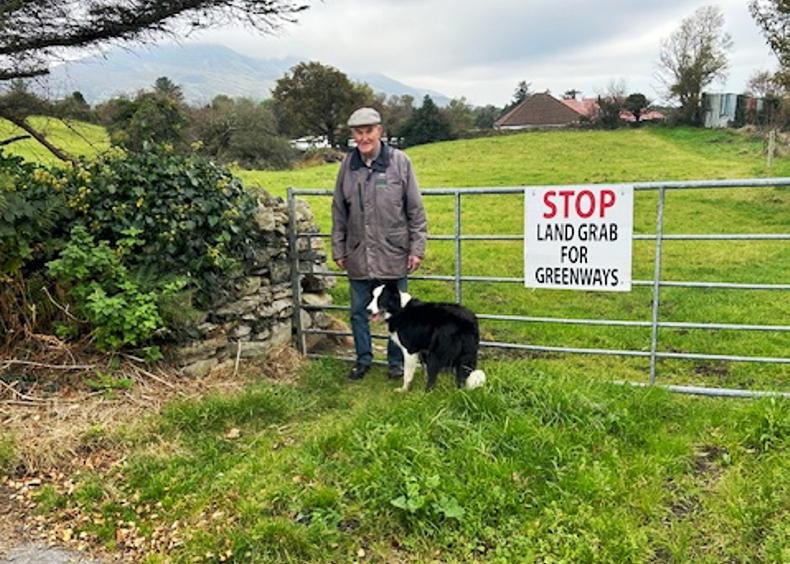The Irish Natura and Hill Farmers Association (INHFA) has suggested taking some wild bird cover areas into production, planting publicly-owned land and assessing the feasibility of using wool as an alternative fertiliser source to ensure the availability of food and animal feed.
Allowing the grazing of Green Low-Carbon Agri-Environment Scheme (GLAS) traditional hay meadow for three extra weeks before closing was also proposed by the group.
INHFA national vice-president Phelim Molloy stated that fertiliser cost and availability are key concerns for the group, with these issues posing the potential to threaten fodder availability into 2023.
“Price and supply, especially in relation to fertiliser, is a key consideration, as it will impact both in the short term and into next year if fodder yields are back,” stated Molloy.
The hill group issued its policy recommendations after convening a special meeting of the group’s national council on the supply chain disruptions and input cost increases that have arisen since Russia invaded Ukraine.
Ensuring production
The INHFA’s proposals are for the Department of Agriculture to consider:
Allowing GLAS traditional hay meadow to be grazed until 7 May, rather than 15 April.Taking some of the 8,000ha of barley wild bird cover in GLAS into production.Exploring whether State-owned land can be taken into tillage production.Carbon tax
Molloy also called on the Government to suspend the carbon tax for a period of seven months, which he has said will reduce farmers’ fuel costs “to the end of the harvest season”.
The fuel tax, he claimed, “is a significant factor in the increasing costs of green and white diesel and must now be addressed”.
“On this basis, we are calling for the suspension of carbon tax for the next seven months, which will get us to the end of the harvest season.”
The relief of the suspension would also assist agricultural contractors in navigating the high-input costs of 2022, he added.
The Irish Natura and Hill Farmers Association (INHFA) has suggested taking some wild bird cover areas into production, planting publicly-owned land and assessing the feasibility of using wool as an alternative fertiliser source to ensure the availability of food and animal feed.
Allowing the grazing of Green Low-Carbon Agri-Environment Scheme (GLAS) traditional hay meadow for three extra weeks before closing was also proposed by the group.
INHFA national vice-president Phelim Molloy stated that fertiliser cost and availability are key concerns for the group, with these issues posing the potential to threaten fodder availability into 2023.
“Price and supply, especially in relation to fertiliser, is a key consideration, as it will impact both in the short term and into next year if fodder yields are back,” stated Molloy.
The hill group issued its policy recommendations after convening a special meeting of the group’s national council on the supply chain disruptions and input cost increases that have arisen since Russia invaded Ukraine.
Ensuring production
The INHFA’s proposals are for the Department of Agriculture to consider:
Allowing GLAS traditional hay meadow to be grazed until 7 May, rather than 15 April.Taking some of the 8,000ha of barley wild bird cover in GLAS into production.Exploring whether State-owned land can be taken into tillage production.Carbon tax
Molloy also called on the Government to suspend the carbon tax for a period of seven months, which he has said will reduce farmers’ fuel costs “to the end of the harvest season”.
The fuel tax, he claimed, “is a significant factor in the increasing costs of green and white diesel and must now be addressed”.
“On this basis, we are calling for the suspension of carbon tax for the next seven months, which will get us to the end of the harvest season.”
The relief of the suspension would also assist agricultural contractors in navigating the high-input costs of 2022, he added.










SHARING OPTIONS